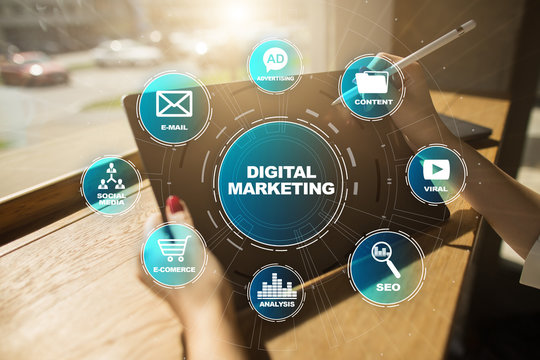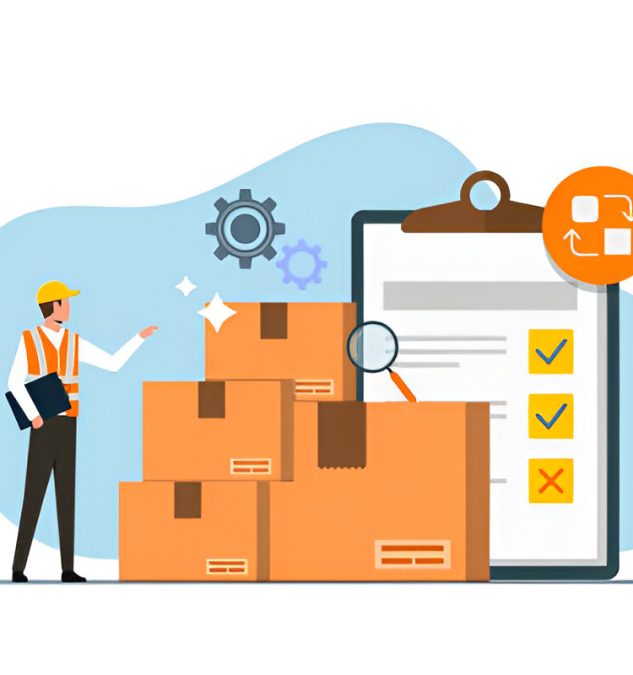E-Commerce Trends in 2025
E-Commerce Trends in 2025: What to Expect in the Future of Online Retail
The world of e-commerce has experienced rapid growth over the past decade. As we step into 2025, the landscape of online shopping continues to evolve with new technologies, changing consumer behavior, and innovative business strategies. Understanding the emerging e-commerce trends is essential for businesses that want to stay competitive and meet customer expectations. Therefore, this article explores the key trends that will shape the future of e-commerce in 2025 and beyond

1. Rise of AI and Automation
To begin with, Artificial Intelligence (AI) and automation will continue to revolutionize e-commerce operations. From personalized product recommendations to AI-powered chatbots, businesses are increasingly relying on automation to enhance customer experience. For example, AI can analyze consumer behavior and suggest products tailored to individual preferences. Moreover, automated warehouses and robotic fulfillment centers are streamlining logistics, making delivery faster and more efficient.
As a result, businesses can improve efficiency while reducing operational costs. Consequently, companies that fail to adopt AI technologies may struggle to keep up with competitors who offer smarter, faster, and more personalized services.

2. Voice Commerce on the Rise
In addition to AI, voice-activated shopping is becoming more popular, especially with the widespread use of smart speakers like Amazon Echo and Google Home. Consumers are increasingly using voice commands to search for products, check order status, and make purchases. Therefore, e-commerce platforms must optimize their websites for voice search to remain accessible and relevant.
Furthermore, businesses will need to focus on natural language processing and conversational interfaces to create smoother shopping experiences via voice-enabled devices.

3. Sustainability and Eco-Friendly Practices
Another major trend in 2025 is the growing demand for sustainable and eco-conscious products. Consumers, especially younger generations, are becoming more aware of environmental issues and prefer brands that align with their values. As a result, companies are shifting toward greener packaging, carbon-neutral shipping, and transparent supply chains.
Not only does sustainability appeal to eco-conscious buyers, but it also enhances brand reputation. Businesses that integrate sustainability into their core strategies are more likely to build long-term customer loyalty.

4. Expansion of Social Commerce
Simultaneously, social media platforms are becoming full-fledged shopping destinations. Apps like Instagram, TikTok, and Facebook now allow users to shop directly from posts and live streams. This trend, known as social commerce, is expected to dominate in 2025.
Because consumers spend significant time on social media, integrating shopping features allows brands to reach them where they already are. Influencer marketing, live product demos, and shoppable videos are all contributing to the rise of social commerce. Consequently, businesses need to develop creative social strategies to capture this growing market.

5. Augmented Reality (AR) Integration
Moreover, Augmented Reality (AR) is transforming how people shop online by allowing them to visualize products in real-world environments. Whether it’s trying on clothes virtually or seeing how furniture fits in a room, AR enhances the buyer’s confidence before making a purchase.
In 2025, more e-commerce platforms will integrate AR tools to reduce return rates and increase customer satisfaction. Therefore, companies that invest in immersive technologies will likely gain a competitive edge.
6. Subscription-Based Models
Additionally, subscription e-commerce continues to thrive in 2025. Consumers appreciate the convenience of receiving products on a regular basis—be it beauty boxes, pet supplies, or gourmet foods. These models help businesses generate recurring revenue and improve customer retention.
However, the key to success lies in offering personalization and flexibility. Companies must allow users to customize their subscription plans and pause or cancel with ease to avoid dissatisfaction.
7. Enhanced Mobile Shopping Experiences
Given that mobile devices account for the majority of online traffic, it’s no surprise that mobile commerce (m-commerce) is more important than ever. In 2025, mobile-optimized websites and apps will be essential. Fast loading times, intuitive navigation, and secure mobile payments are now standard expectations.
Moreover, features like one-click checkout, biometric authentication, and mobile wallets (e.g., Apple Pay, Google Pay) are making mobile shopping faster and more secure. Thus, businesses that invest in mobile UX will likely see increased conversions.
8. Cross-Border and Localized E-commerce
Finally, the global reach of e-commerce is expanding. Cross-border shopping has become more common as technology breaks down geographical barriers. At the same time, localized experiences—such as language preferences, local currency options, and region-specific products—are helping international brands connect with diverse markets.
By understanding and adapting to local consumer preferences, companies can scale globally without losing relevance. Hence, localization and international logistics will be key priorities for forward-thinking e-commerce brands.
Conclusion
In summary, the e-commerce industry in 2025 is defined by innovation, personalization, and customer-centricity. Technologies like AI, AR, and voice commerce are enhancing the shopping experience, while sustainability and social commerce are reshaping consumer values and behaviors. As trends continue to evolve, businesses must stay agile, adopt new technologies, and focus on building meaningful connections with their customers.
By embracing these trends proactively, brands can not only survive but thrive in the dynamic and competitive e-commerce landscape of 2025.


